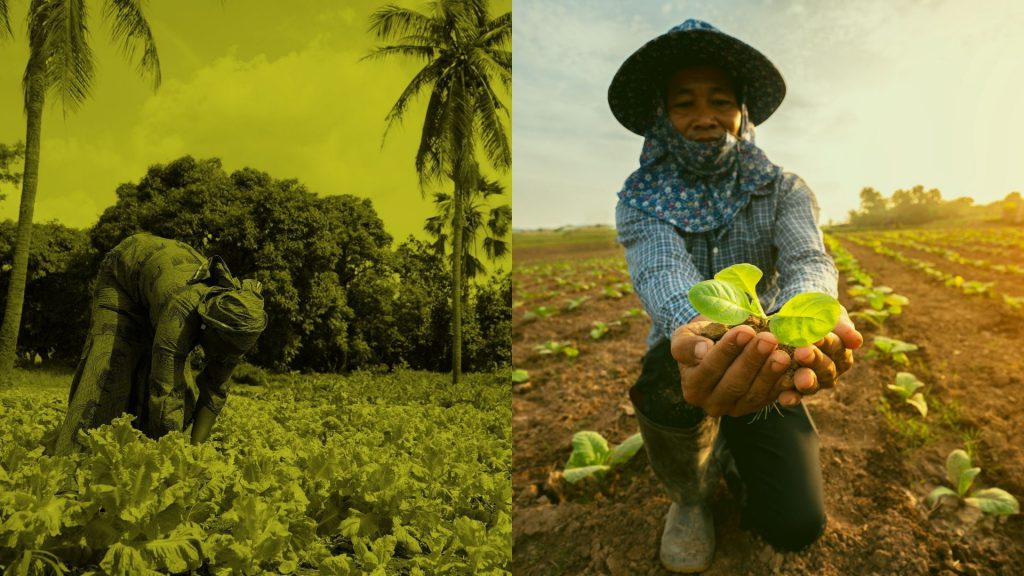D.I
Commitment
D.I.1
Improved varieties for smallholder farmers
The company has a policy statement on developing new varieties and/or testing existing varieties appropriate to the local conditions and preferences of smallholder farmers in index countries.
D.II
Performance
D.II.1
Testing
The company has activities to test crop varieties suitable for smallholder farmers in index countries, which includes varieties from the company’s own portfolio or from public research institutes.
D.II.2
Developing improved varieties of global crops
The company has a breeding program that aims to develop varieties of global crops appropriate for smallholder farmers in index countries.
D.II.3
Developing improved varieties of local crops
The company’s breeding program includes the development of varieties of local crops appropriate for smallholder farmers in index countries.
D.II.4
Breeding program for specific traits
The company’s breeding program includes the development of specific traits useful to smallholder farmers in index countries, such as pest and disease management, increased crop robustness, climate change resilience and/or nutritional value.
D.II.5
Local knowledge and feedback
The company has mechanisms in place to ensure that the knowledge, preferences and feedback of local consumers, traders and smallholder farmers are incorporated into its breeding programs in index countries.
D.II.6
Collaborative research
The company is involved in collaborative research with local public or private partners such as research institutes, non-governmental organizations and/or farmers or farmer organizations in index countries.
D.II.7
Breeding activities in index regions
The company has its own breeding activities and/or facilities in index regions.
D.III
Transparency
D.III.1
Transparency in R&D
The company reports publicly on its policies, practices and results in this area.
D.IV
Leadership
D.IV.1
Leadership in R&D
The company has established innovative models or leading practices in this area.
